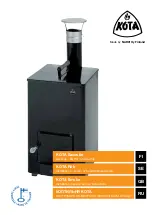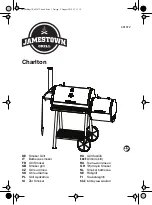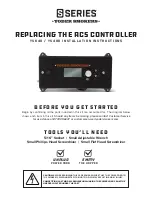
14
9. Wiring / Installation / Activation
wiring requirements
•
This alarm should be installed on a UL Listed or recognized junction box. All connections should be made by a
qualified electrician and all wiring used shall be in accordance with articles 210 and 300.3(B) of the U.S. National
Electrical Code ANSI/NFPA 70, NFPA 72 and/or any other codes having jurisdiction in your area. The multiple station
interconnect wiring to the alarms must be run in the same raceway or cable as the AC power wiring. In addition, the
resistance of the interconnect wiring shall be a maximum of 10 ohms.
•
The maximum wire run distance between the first and last unit in an interconnected system is 1000 feet.
•
The appropriate power source is 120 Volt AC Single Phase supplied from a non-switchable circuit, which is not
protected by a ground fault interrupter.
•
Smoke alarms are not to be used with detector guards unless the combination (alarm and detector guard) have
been evaluated and found suitable for that purpose.
wArnIng: tHe AlArM CAnnOt Be OperAted FrOM pOwer derIVed FrOM A SqUAre wAVe,
MOdIFIed SqUAre wAVe Or MOdIFIed SIne wAVe, InVerter. tHeSe typeS OF InVerterS Are
SOMetIMeS USed tO SUpply pOwer tO tHe StrUCtUre In OFF grId InStAllAtIOnS, SUCH AS
SOlAr Or wInd derIVed pOwer SOUrCeS. tHeSe pOwer SOUrCeS prOdUCe HIgH peAk VOltAgeS
tHAt wIll dAMAge tHe AlArM.
wiring Instructions for AC quick Connect Harness
CAUtIOn:
Turn off the main power to the circuit before wiring the alarm.
•
For alarms that are used as single station, DO NOT CONNECT THE RED WIRE TO ANYTHING. Leave the red wire insu-
lating cap in place to make certain that the red wire cannot contact any metal parts or the electrical box.
•
When alarms are hardwire interconnected, all interconnected units must be powered from a single circuit.














































